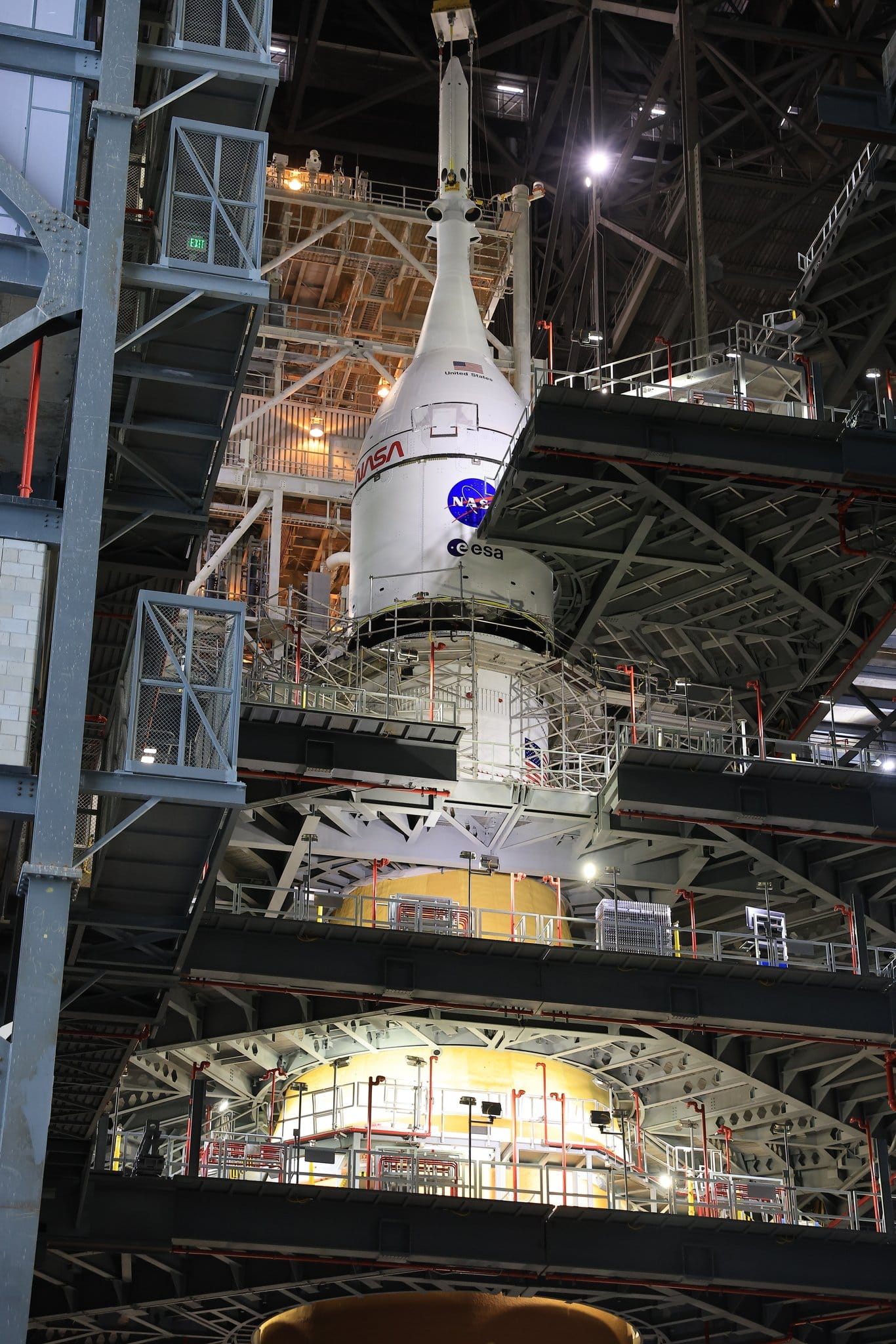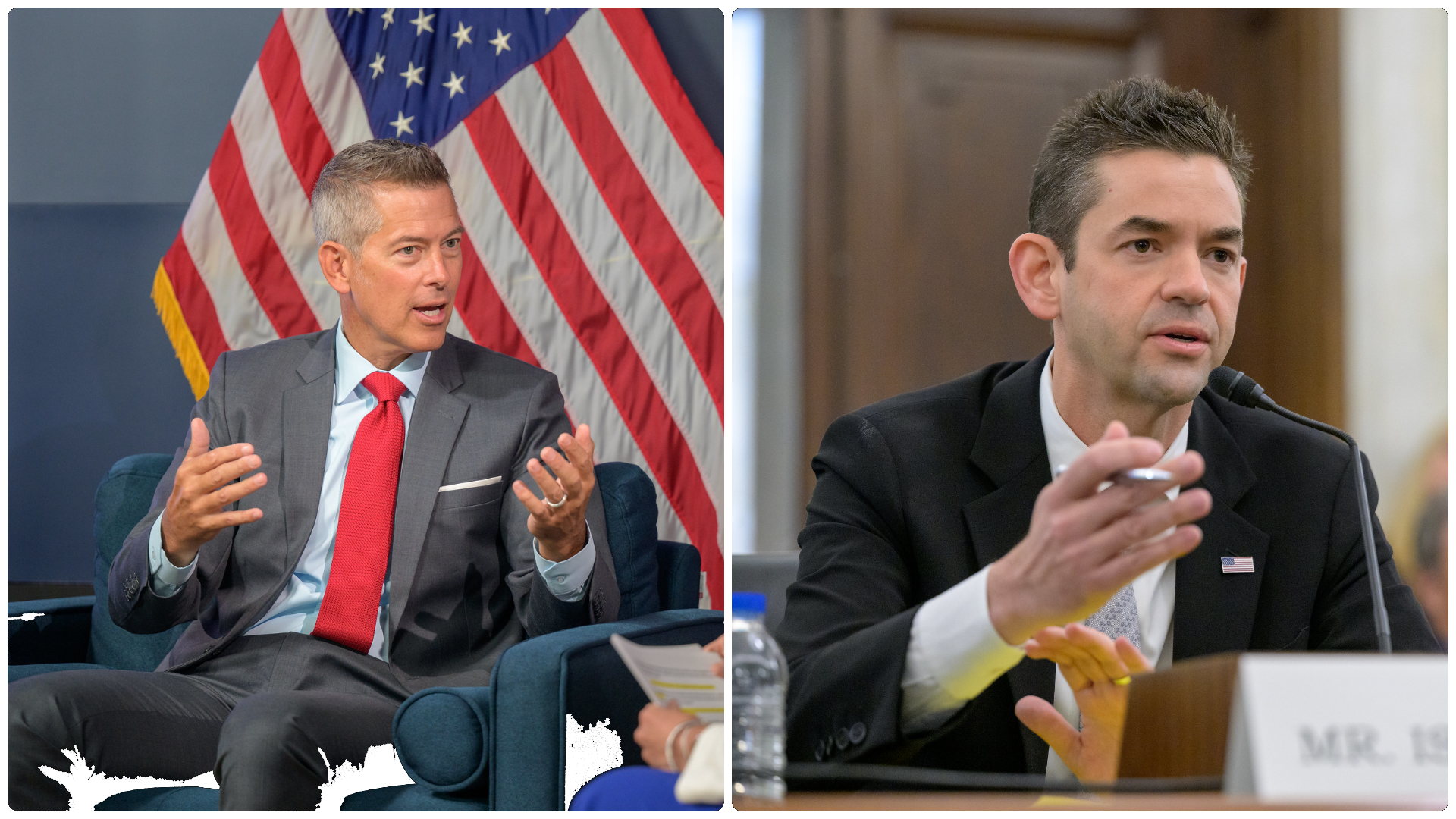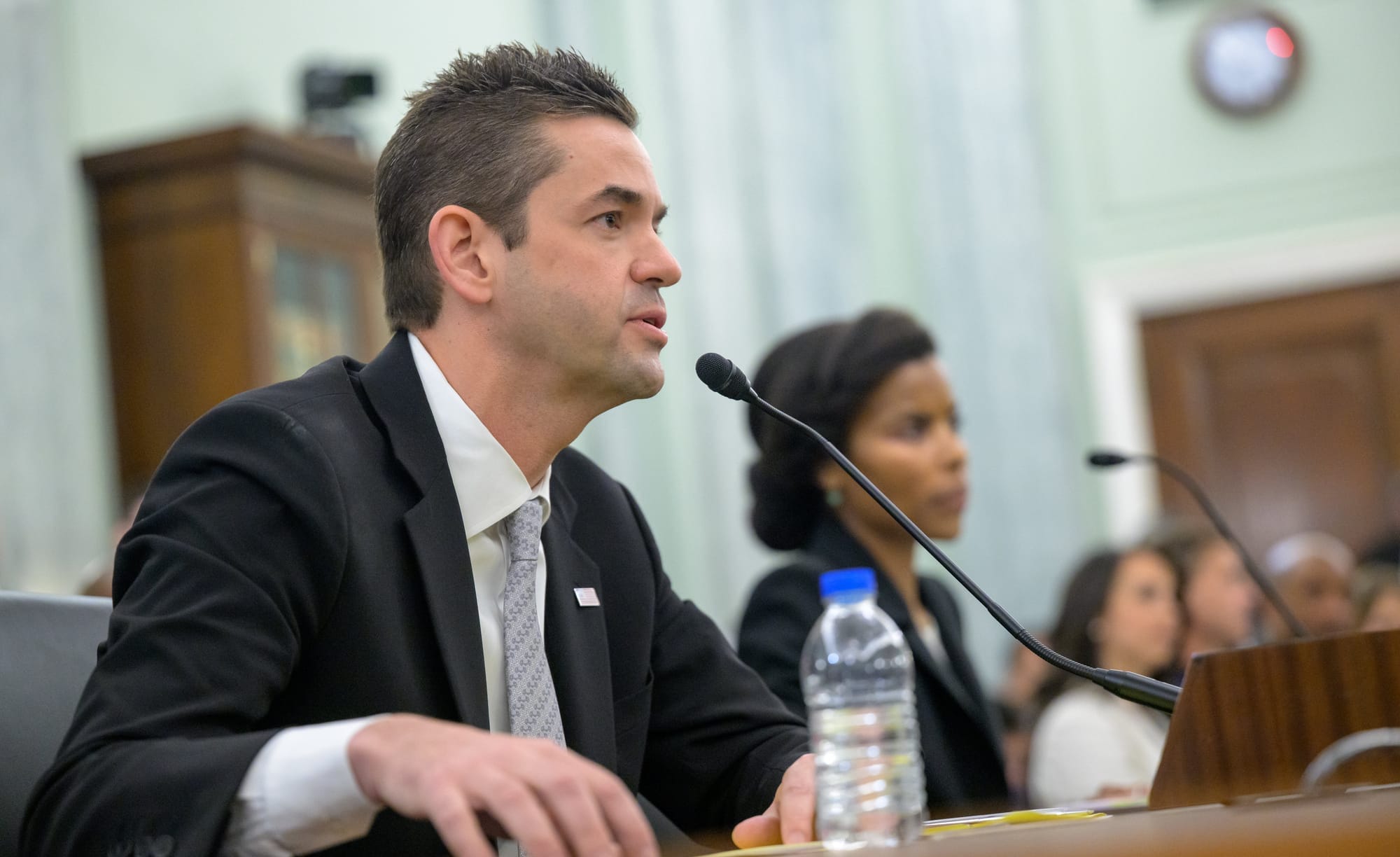Table of Contents
An American spacecraft will fly people around the Moon next year, but the next step has new doubts ahead of it.
As the U.S. government shutdown heads into its third week, NASA is continuing work at the Kennedy Space Center to prepare the Artemis II mission for its crewed lunar mission, set for no earlier than February 2026.
Last week, on October 17th, the Orion spacecraft, dubbed 'Integrity', was rolled over from the Launch Abort System Facility and into the Vehicle Assembly Building. After spending the weekend next to the towering Space Launch System (SLS) rocket (which was stacked between November 2024 and September 2025), Orion was lifted up to the top of the rocket and bolted to it, making the completed vehicle 98 meters tall.
Now joined as one, Orion and SLS will perform joint tests to verify that interfaces can communicate between the two vehicles, ground systems and controllers, as well as in frequencies for the Tracking Data Relay Satellites and the Deep Space Network to ensure that mission control at the Johnson Space Center can remain in contact. Other tests of SLS have been gradually conducted throughout the year.
Sometime in early 2026, SLS and Orion will roll out to Launch Complex 39B for a few weeks of testing and a wet-dress rehearsal of a launch attempt. Artemis II's crew of four, with NASA's Reid Wiseman, Victor Glover, Christina Koch, and Canada's Jeremy Hansen, will also train on the launch pad with the complete vehicle.

Opening up Artemis III
Following Artemis II, the currently set for mid-2027 Artemis III will fly to perform the U.S.'s first crewed lunar landing this decade. That mission will use SLS and Orion alongside dozens of SpaceX Starship vehicles to put the Starship Human Landing System (HLS) on the lunar surface. But SpaceX has experienced repeated delays with developing the vehicle, as a preceding variant of Starship that isn't even flying into orbit is repeating the same few tests to prove out fundamental parts of the fully reusable launch solution.
Delays with Starship have seemingly led NASA to lose some confidence in SpaceX's ability to fulfil its contract for a lunar lander, which NASA has paid just over four billion dollars for, as Acting NASA Administrator Sean Duffy said the following on CNBC:
"SpaceX had the contract for Artemis III ..., the problem is they're behind, they've pushed their timelines out–and were in a race against China. The President and I want to get to the Moon in this term, so I'm gonna open up the contract, I'm gonna let other space companies compete with SpaceX–like Blue Origin. Whatever one can get us there first, to the Moon, we're gonna take."
On Fox News, Duffy added that he was confident that opening the contract up would see an American lunar landing before 2029. Due to the government shutdown, NASA has yet to provide any details on how the companies may be incentivised to provide alternative lunar landers, but Ars Technica's Eric Berger suggests that internally Duffy is aiming for a landing in 30 months (April 2028) on a potential cost-plus contract.
We are in a race against China so we need the best companies to operate at a speed that gets us to the Moon FIRST.
— NASA Acting Administrator Sean Duffy (@SecDuffyNASA) October 20, 2025
SpaceX has the contract to build the HLS which will get U.S. astronauts there on Artemis III.
But, competition and innovation are the keys to our dominance in… pic.twitter.com/dAo0so5qqZ
Acting NASA Administrator Sean Duffy speaking on CNBC, via Twitter.
One alternative lander may be sourced from Blue Origin, but not its currently contracted crewed lander. Ars Technica revealed on October 2nd, based on government sources, that Blue Origin is exploring modifying the cargo-carrying Blue Moon Mark 1 lander with a pressurized crew module, at the request of an unnamed NASA official. The modified lander would reportedly not require refueling, but still need multiple flights, to bring astronauts to the surface and back into orbit afterwards.
Lockheed Martin, which is behind the Orion spacecraft, is also looking at providing a lunar lander, sending the statement below to multiple media outlets:
"Throughout this year, Lockheed Martin has been performing significant technical and programmatic analysis for human lunar landers that would provide options to NASA for a safe solution to return humans to the Moon as quickly as possible. We have been working with a cross-industry team of companies and together we are looking forward to addressing Secretary Duffy's request to meet our country’s lunar objectives."
SpaceX is yet to comment on any potential changes to its lunar lander contract, but Chief Executive Officer Elon Musk went and hurled insults at NASA leadership on social media.
Acting Administrator Duffy's move to source another lunar lander is part of a panic that China, with its own crewed lunar landing program that's on schedule with realistic hardware development, could put a person on the Moon before a U.S. effort. China's current landing target is before 2030, although October 2028 is probably the proper aim (the People's Republic's 80th birthday), and more critically, the country isn't participating in what American policy makers perceive as a space race.
Fight to lead NASA

As the Artemis III mission may switch landers, there's an ongoing battle for the leadership and future of NASA occurring. The Wall Street Journal has recently reported that Sean Duffy and previously Trump-nominated billionaire space tourist Jared Isaacman have both been lobbying President Trump for the space agency's top job.
In the background, Duffy has been pushing for NASA to be moved under the Department of Transportation (which he also heads), likely meaning the agency wouldn't need an administrator. He also suggested that NASA might benefit of being part of the U.S. cabinet, ignoring that space science and research programs would then need to be managed in a federal agency with no experience doing so.
Meanwhile. Isaacman has been wooing pro-Trump figures and donating to MAGA projects, going so far as to support internationally illegal killings, in the hopes of possibly leading the space agency. In April, he got as far as a U.S. Senate Committee on Commerce, Science, & Transportation hearing before Trump pulled his support, citing donations to Democrat candidates.
Whoever ends up leading NASA will be guiding a greatly defunded and damaged space agency. The agency may lose thousands of employees while the U.S. government is shut down.






